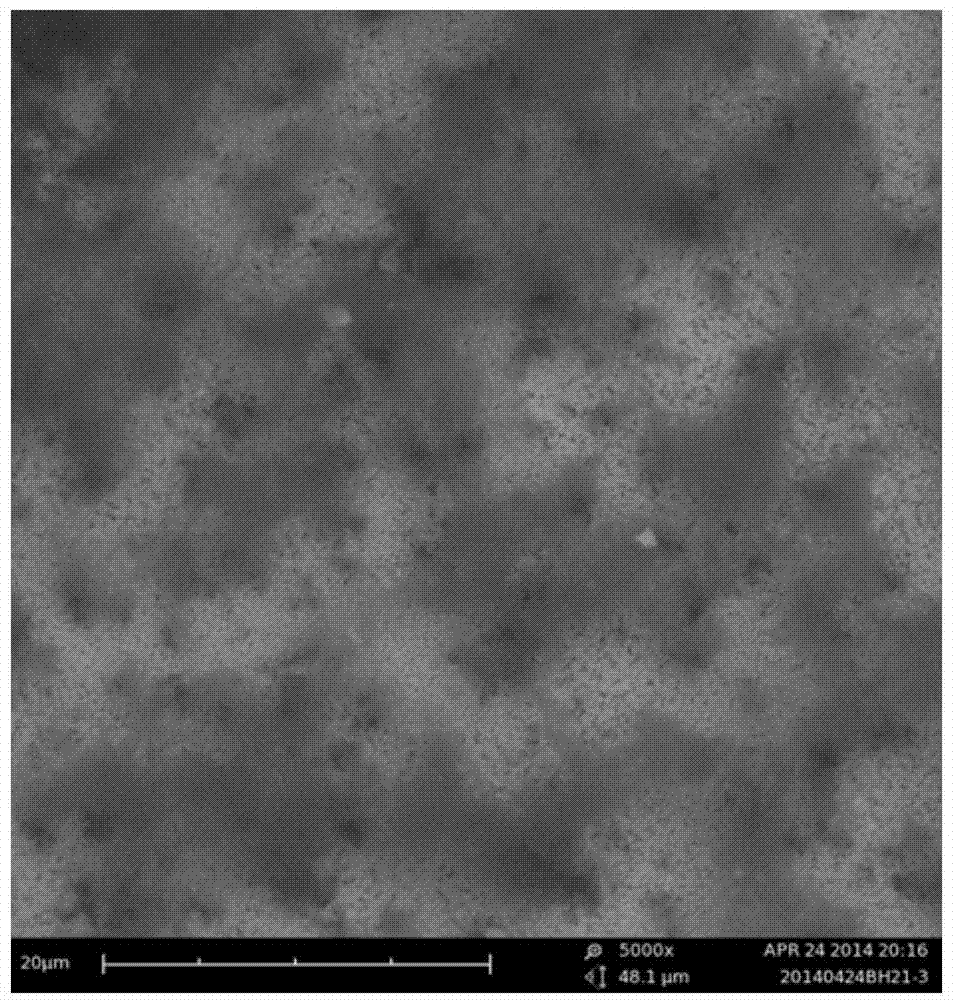Method for preparing carbon fiber yarns by direct flame carbon deposition
A carbon fiber filament and carbon deposition technology, which is applied to the chemical characteristics of fibers, textiles and papermaking, etc., can solve the problems of complex carbon fiber methods, high production equipment requirements, low product yield, etc., and achieves convenient preparation, compact preparation process structure, The effect of high space utilization
- Summary
- Abstract
- Description
- Claims
- Application Information
AI Technical Summary
Problems solved by technology
Method used
Image
Examples
specific Embodiment approach 1
[0017] Embodiment 1: The method for preparing carbon fiber filaments by direct flame carbon deposition in this embodiment is realized according to the following steps:
[0018] 1. Cut the catalyst into shape, then clean it with absolute ethanol, and dry it to obtain the cleaned catalyst;
[0019] 2. Connect the hydrocarbon fuel gas tank to the burner through the vent pipe, fix the porous carrier above the nozzle of the burner, control the distance between the porous carrier and the nozzle of the burner to be 3-10cm, and then put the cleaned The catalyst is placed on the porous carrier to complete the assembly of the preparation equipment;
[0020] 3. Light the burner, adjust the flame temperature of the burner to 550-850°C, place the cleaned catalyst in the burning flame for burning treatment, grow carbon fiber filaments on the catalyst, and complete the preparation of carbon fiber filaments;
[0021] Wherein the catalyst described in step 1 is an iron group element material,...
specific Embodiment approach 2
[0024] Specific embodiment 2: The difference between this embodiment and specific embodiment 1 is that the catalyst described in step 1 is nickel foam. Other steps and parameters are the same as those in Embodiment 1.
[0025] In this embodiment, Ni metal is used as an efficient catalyst for the catalytic cracking of hydrocarbon fuels. Under high temperature conditions, the Ni metal catalyst promotes the rapid cracking of hydrocarbon fuels, and carbon fibers grow on the surface; the commercialized Ni foam has a porous skeleton structure and has a large specific surface area.
specific Embodiment approach 3
[0026] Embodiment 3: The difference between this embodiment and Embodiment 1 or 2 is that the hydrocarbon fuel described in step 2 is alkanes, alcohols, ketones, benzene, natural gas, liquefied petroleum gas, biogas or coalbed methane. Other steps and parameters are the same as those in Embodiment 1 or Embodiment 2.
[0027] The main component or all components of the hydrocarbon fuel described in this embodiment have C x h y Fuel for compounds of general formula.
PUM
 Login to View More
Login to View More Abstract
Description
Claims
Application Information
 Login to View More
Login to View More - R&D
- Intellectual Property
- Life Sciences
- Materials
- Tech Scout
- Unparalleled Data Quality
- Higher Quality Content
- 60% Fewer Hallucinations
Browse by: Latest US Patents, China's latest patents, Technical Efficacy Thesaurus, Application Domain, Technology Topic, Popular Technical Reports.
© 2025 PatSnap. All rights reserved.Legal|Privacy policy|Modern Slavery Act Transparency Statement|Sitemap|About US| Contact US: help@patsnap.com



